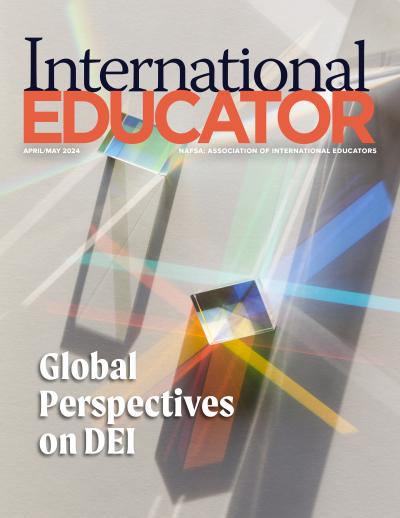Up, Up, and Away

For study abroad offices and providers still recovering from the aftermath of the COVID-19 pandemic, dealing with a dramatically changed landscape has been hard enough. What has made it even harder is how much more expensive that landscape has become. Cost of program delivery has gone up because of rising costs everything from hotel rooms and flights to groceries, as well as increased investment in student services and staffing.
“We have seen costs in education abroad go up,” says Miko McFarland, director of university relations at Barcelona SAE, a program provider. “One of the things we have had to acknowledge is that inflation is not just in the United States but across the globe.”
Trying to control costs while maintaining accessibility, particularly for lower-income students, is proving difficult. As institutions and providers tackle this challenge, it’s important to understand what’s driving rising costs, as well as the consequences for students and diversity and access efforts.
Supply and Demand
Across the field, a significant factor in rising costs is increasing student preferences for certain locations where costs related to housing, delivery of academic programs, and faculty are high and continuing to increase.
“You’re kind of at the mercy of the locations students want to go to and how their economies are,” says Kate Meyer, instructor-led program manager at the Learning Abroad Center at the University of Minnesota and chair of NAFSA’s Education Abroad Regulatory Practice Committee.
Right now, demand is focused largely on one area. “There’s an overwhelming majority of students














